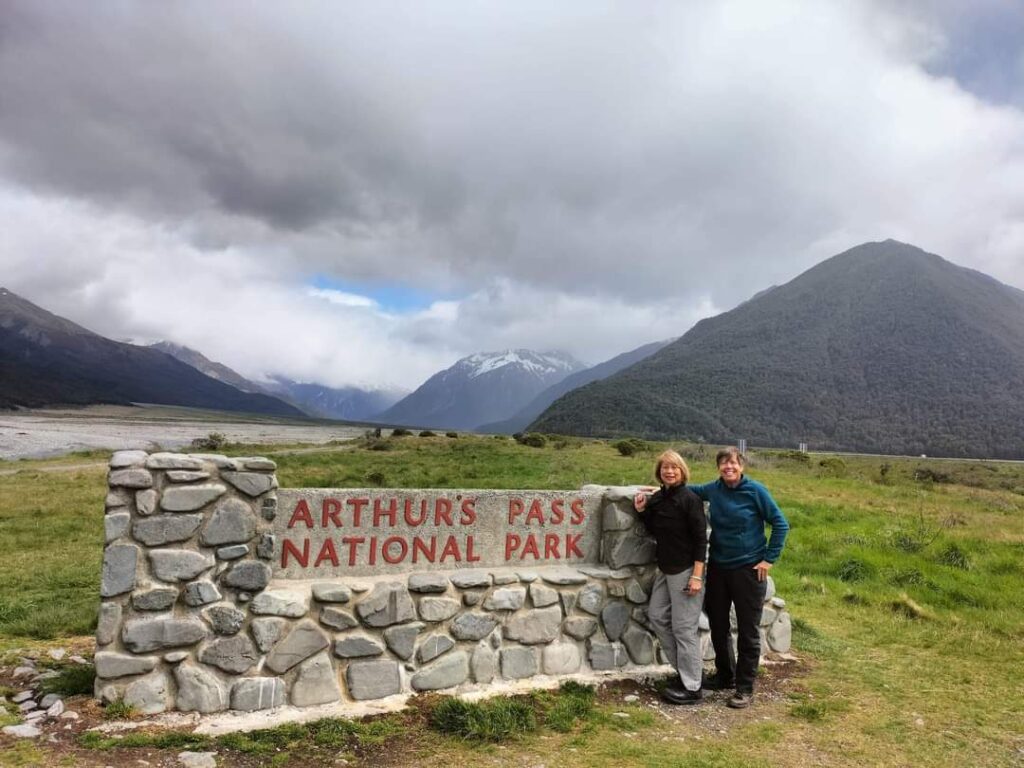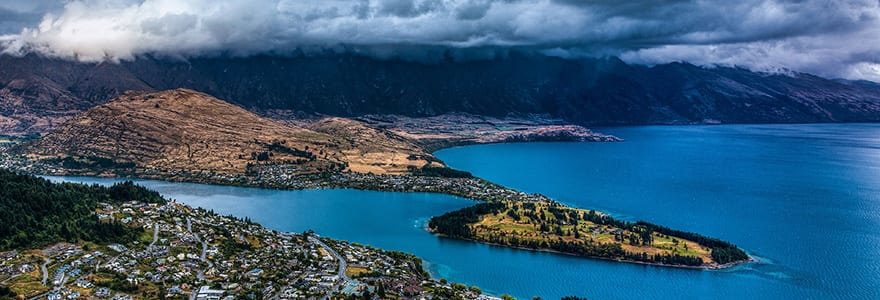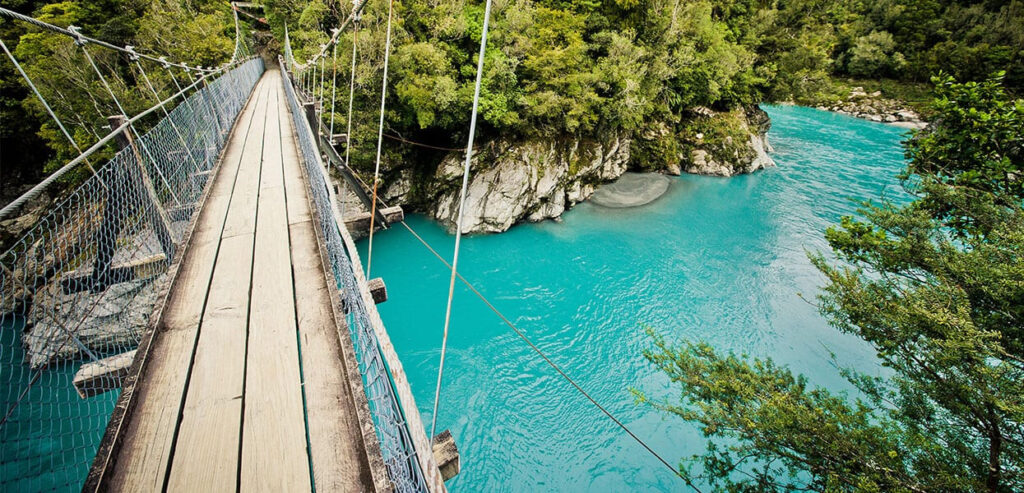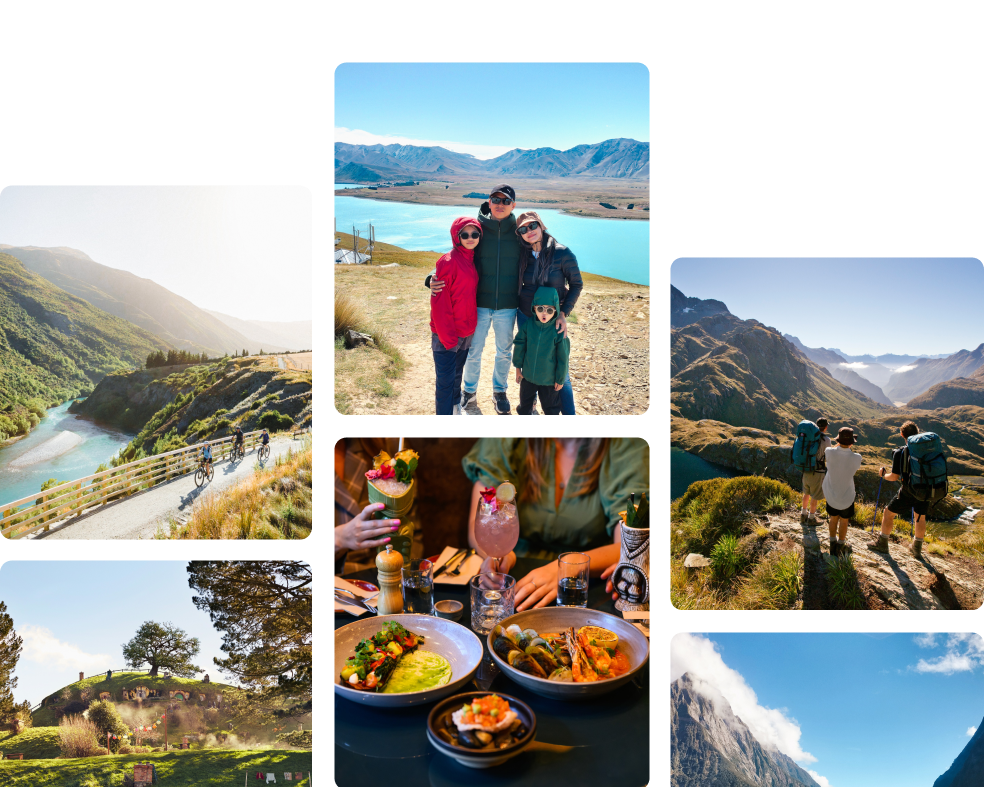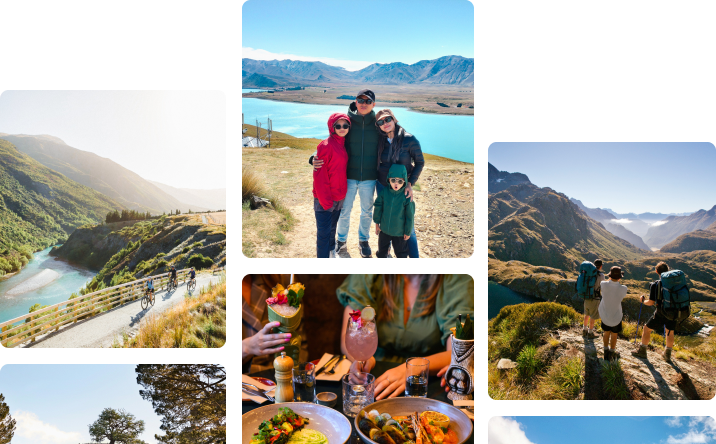New Zealand is renowned for its abundance of exciting activities or more specifically, in Queenstown – widely regarded as the capital city of the world.
White water rafting, terrifying skydiving spots, marvelous skiing areas, and heart-stopping bungee jumps — everything in New Zealand is geared towards getting your butt out of the couch and getting your heart pumping non-stop.
As one of the most popular destinations in the world, New Zealand is also famous for its diverse culture which makes it an excellent choice for travellers who love a bit of history and heritage.
Travelling to New Zealand has also been rising lately among US travellers, with a 34% increase in US tourists last year based on a study by the New Zealand government.
For starters, it’s easy to see why that number is rising; New Zealanders are the friendliest people ever and you’ll meet a lot of amazing people over here.
We haven’t even talked about how beautiful the island is yet!
Today, we’ve written a neat guide for US travellers on tips and things you need to know on your next trip.
New Zealand is not the same as Australia!
Due to the close proximity of the two countries, people often get confused about Australia and New Zealand and often interchange them although both countries have different cultures and heritages.
One of the more common misconceptions to know is that Marmite is not from New Zealand!
Accent-wise, the typical Aussie slang that you hear on TV is not the same accent as what New Zealanders are accustomed to.
For instance, the word six pronounced by a New Zealander would sound more like the word sex while an Australian would pronounce it as seeeks, with the pronunciation extended slightly.
There are no killer animals or insects to fear of
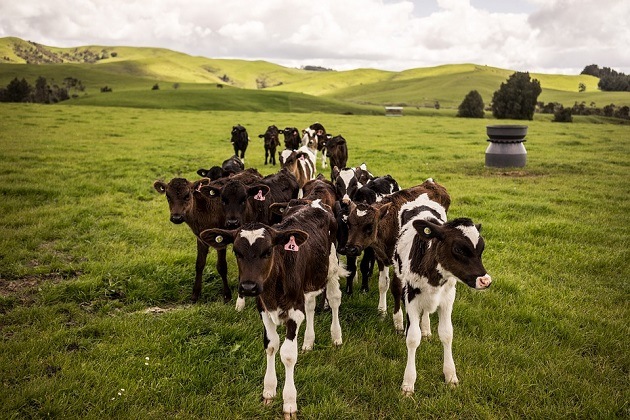
Again, you’ve probably heard of Australia as a place with chock-full of insects and animals ready to kill you and think of New Zealand in the same way.
Both are wrong!
While Australia does have scarier insects than others, it’s as safe as every other major city in the world.
New Zealand, on the other hand, doesn’t have this issue due to its volcanic landscape.
You can set off for a bushwalk, (sorry tramp is the correct term for hiking in New Zealand), smug in the knowledge that there are no venomous snakes, no lethal spiders, and no crocodiles to get you as you wade across that river with your backpack over your head. How good is that?
Instead, New Zealand boasts an amazing range of flora and fauna with a majority of them only being unique to the island. That’s right, a trip to New Zealand allows you to see animals and plants that you won’t see anywhere else in the world.
Ain’t that great?
Rugby is New Zealand’s greatest passion

Just like American football, rugby is a sport for Kiwis to enjoy themselves and bond with each other which makes sense because New Zealanders are amazing at rugby.
Rugby is nearly similar to American football with some differences in rules and gameplay but the core of it is the same; carry the ball across the line or try to score by kicking the ball between the goal posts.
Rugby is a national symbol and is also a part of the population’s identity. This means if the All Blacks (New Zealand’s national rugby team) win, the whole country would party and celebrate.
If they lose, you can literally feel the dread and depression in the air because New Zealanders care a lot for their national team and the sport.
So, before you head over to New Zealand, do yourself a favor by reading about rugby and watching some classic games. Who knows you might love it and actually try out a game yourself when you’re on the island!
Be wary of uncommon road signs and unusual routes
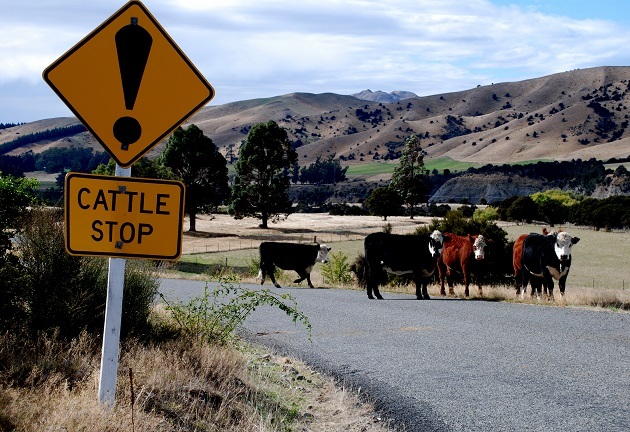
Many of New Zealand’s road signs are easily understood and self-explanatory for international drivers.
However, there are some uncommon signs to watch out for when you’re driving in New Zealand.
A blue sign with a big, white arrow and a small, red arrow is a right of way sign. This sign is usually found on one-lane roads or bridges. If you see the sign and the white arrow is pointing to the direction you’re heading, you have the right of way and you should drive first.
Also at roundabouts, give way signs are present which means you need to give vehicles on the right side to move first, check your surroundings, and then drive.
New Zealand has a lot to see and explore but don’t be fooled. Places that seem close together on a map can be (and are usually) a distance away due to rough terrain and winding roads.
For example, Auckland to Whitianga seems like an alright distance on the map but you have to remember that New Zealand roads can be windy, narrow and cover uneven terrains.
Hence, always account for extra time on your schedule and be patient when you’re driving. Never, ever drive fast unless you know the area like the back of your hand.
Before you go on a driving trip, make sure your car’s petrol tank is enough and remember to stock up on groceries or essential items in case of emergencies.
New Zealanders drive on the left
Driving in New Zealand is no different than driving everywhere else in the world.
The one important thing to remember is that New Zealanders drive on the left which means the steering wheel and gas pedals are all inverted to what Americans are used to.
For your convenience, we’ve listed several driving rules and etiquette in New Zealand to ensure your journey is a smooth one:
- Distances are measured in the metric system (meters, kilometers, etc.) rather than US standard imperial system
- When entering a roundabout, traffic or cars on your right should always be given way first
- There is no left-turn rule like in the US. If a traffic light is red, you must stop – no exceptions.
- Always maintain a speed limit of below 100km/hour (60 mph) when driving in New Zealand especially if this is your first time driving
- It is enforced by law for the driver and passengers to wear seatbelts at all times
- Alcohol and drug intake while driving is strictly prohibited in New Zealand and will cause serious legal issues if you do not comply
If you have a valid driving permit or an International Driver’s Permit, you can drive in New Zealand for a maximum of 12 months. An important thing to note is that the permit must be in English or translated for you to be eligible to drive.
Having a permit is also not enough, you must bring along your permit physically and make sure it is not expired should an officer perform a routine check on you.
If you want to drive in New Zealand for more than a year, you’ll have to apply for a New Zealand’s driver’s license.
Plan your trip dates and luggage carefully

New Zealand is a great place to visit all year round but travelling is more pleasant during summer which is from November to April. Travelling during Christmas (December to February) is more exciting but you will face more crowds and busier roads.
Usually, we suggest coming during November, the end of February, or just after April for the best experience. If you want to ski, the only time you can travel is from July to August when it’s winter in New Zealand.
If you plan to visit New Zealand during the colder months between May and September, bring warm clothes and a waterproof jacket. This is especially important in alpine regions where the weather can change rapidly.
It’s also important to know that the temperature gets colder the further south you travel which means the South Island is generally colder than the North Island.
Because of regulations and laws, there are strict policies on medications, fluids, and food to bring in the country. Therefore, if you want to bring any food to New Zealand, make sure to check beforehand to avoid getting restricted at the customs.
If you have necessary medication to bring along, get a verification letter from your doctor or a medical certificate to avoid problems with the New Zealand customs.
The best New Zealand packages for US tourists – The Road Trip
We have a reputation for preparation and detail that goes above and beyond – making excellent recommendations for your itinerary as well as including the best stops to enjoy the scenery and take memorable photos on your next time.
We offer a wide choice of private tour packages and you can select one based on your needs and travel expectations.
From an 8-day Winterless North private guided tour that covers the very best of the North Island to a 14-day self-drive adventure in New Zealand’s South Island, we’ve got your travelling needs covered.
We’ll be more than happy to discuss your interests and the length of your stay, before putting together an itinerary that is tailored exclusively for you.
What’s next?
Over here at The Road Trip, we have several tour packages on offer for visitors.
We are one of the leading tour provider in New Zealand with a host of awards under our name. You can check out our client testimonials over here.
To get in touch with us, send us an e-mail by heading over to this page or call us at 0800 4 ROADTRIP if you are in New Zealand or +64 2191 0433 if you are outside of New Zealand.





